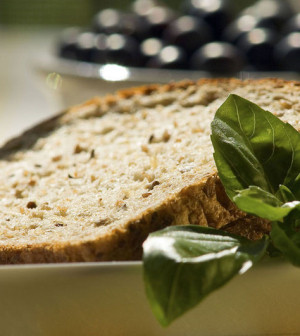Don't Miss
- Navigating Your Midlife Crisis: Embracing New Possibilities
- City Raccoons Showing Signs of Domestication
- Mapping the Exposome: Science Broadens Focus to Environmental Disease Triggers
- One Week Less on Social Media Linked to Better Mental Health
- Your Brain Changes in Stages as You Age, Study Finds
- Some Suicide Victims Show No Typical Warning Signs, Study Finds
- ByHeart Formula Faces Lawsuits After Babies Sickened With Botulism
- Switch to Vegan Diet Could Cut Your Greenhouse Gas Emissions in Half
- Regular Bedtime Does Wonders for Blood Pressure
- Dining Alone Could Mean Worse Nutrition for Seniors
Health Tip: Help Prevent Varicose and Spider Veins
By LadyLively on September 21, 2018

Varicose veins and spider veins typically occur in the legs and can cause significant pain, swelling and an itchy rash, the Office on Women’s Health says.
Varicose veins are often caused by weak or damaged valves in the veins. Spider veins are typically caused by the backup of blood. They can also be triggered by hormonal changes, exposure to the sun and injury.
The agency suggests how to reduce your chances of developing new varicose or spider veins:
- Wear sunscreen.
- Exercise regularly to improve your leg strength, circulation and vein strength. Focus on exercises that work your legs, such as walking or running.
- Lose weight if you are overweight or obese.
- Don’t cross your legs for long periods while sitting.
- Elevate your legs when resting.
- Don’t sit for extended periods.
- Wear elastic support stockings.
- Avoid tight clothing that constricts your waist, groin or legs.
- Don’t wear high heels for long periods. Lower-heeled shoes can help tone your calf muscles to help blood move through your veins.
- Eat a low-salt, high-fiber diet.
Source: HealthDay
Copyright © 2025 HealthDay. All rights reserved.










